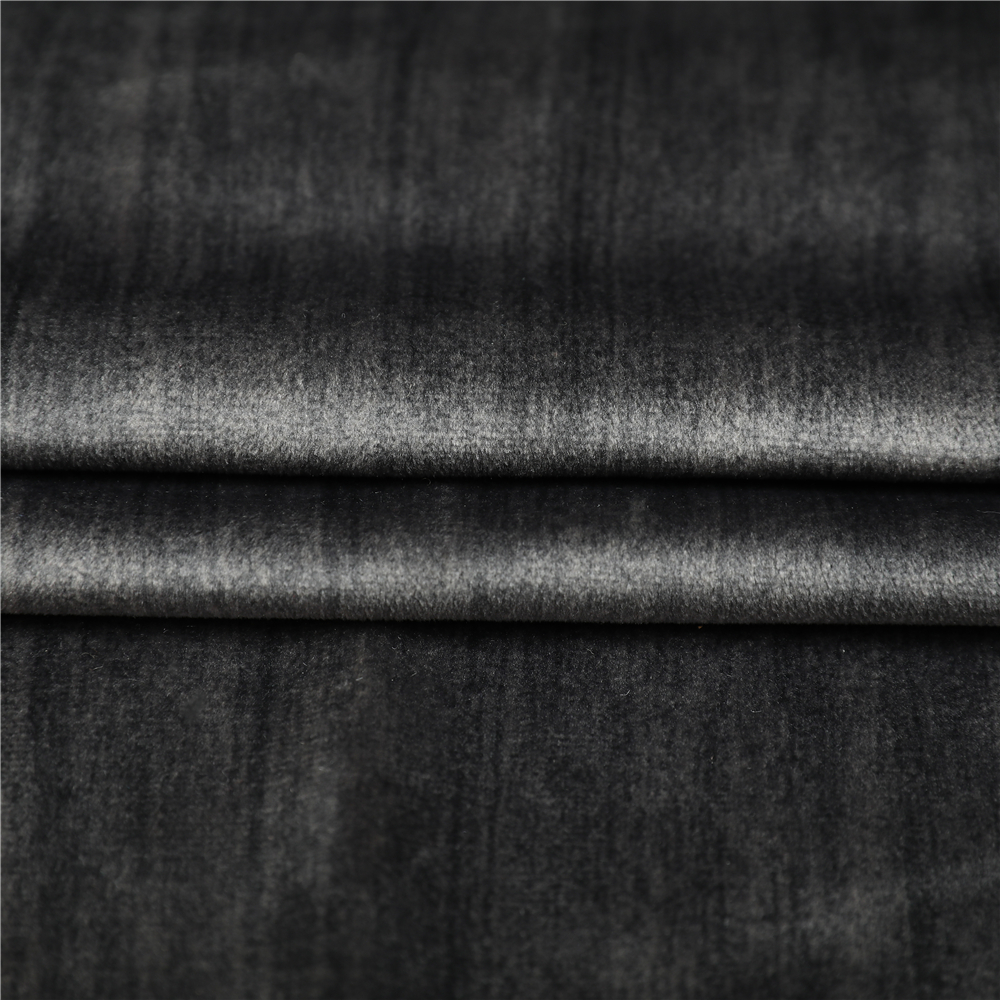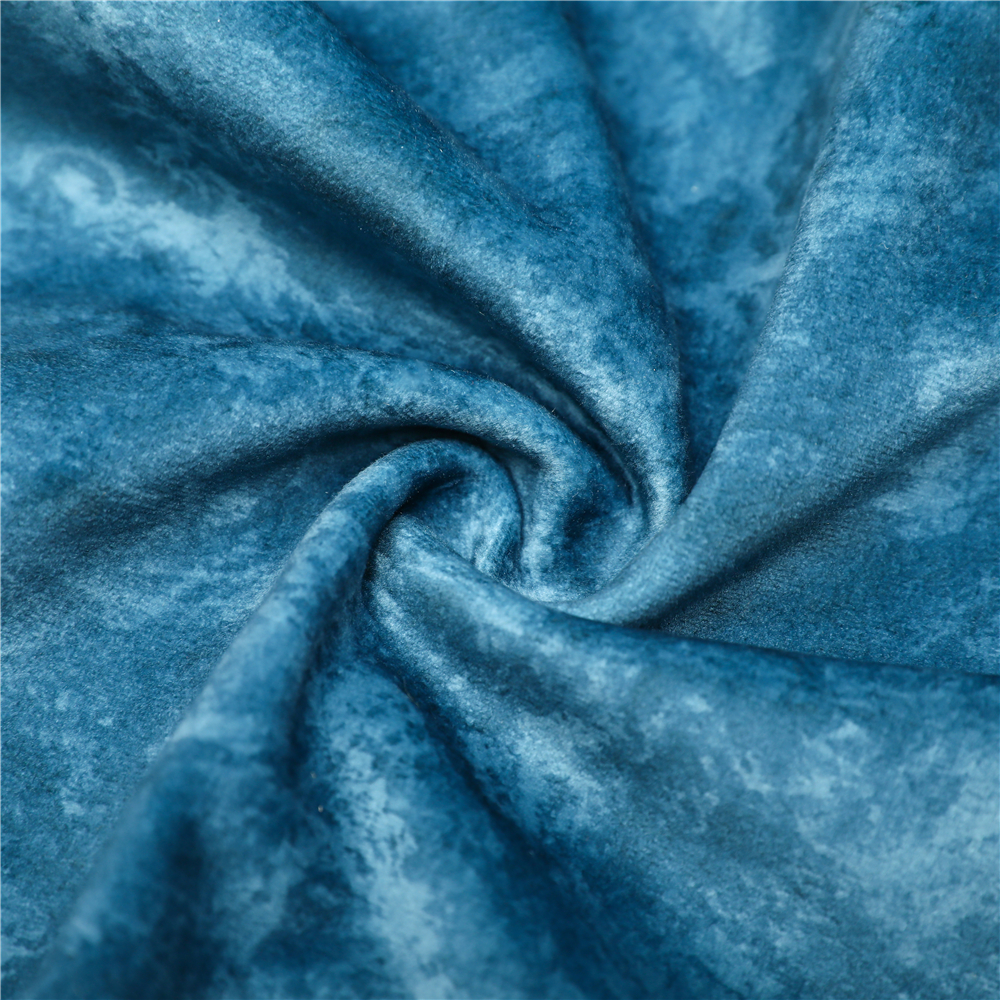Texture and Softness: The texture of the fabric can affect how comfortable a piece of furniture feels. Soft, plush fabrics like velvet and chenille offer a cozy and luxurious feel, while smoother fabrics like silk can have a more delicate touch.
Temperature Regulation: Fabrics can influence how warm or cool a piece of furniture feels. Natural fibers like cotton and linen are breathable and help regulate temperature, making them comfortable in various weather conditions. In contrast, some synthetic fabrics might retain heat and feel warmer.

Breathability: Fabrics that allow air to circulate through them tend to be more breathable and comfortable to sit on for extended periods. Natural fibers like cotton and wool are more breathable than some synthetic options.
Moisture Absorption: Fabrics that can absorb moisture can feel more comfortable in humid environments. Natural fibers have the ability to absorb moisture, which can help prevent a sticky or clammy feeling.
Cushion Support: The type of cushioning used in combination with the fabric can impact overall comfort. Softer fabrics might work well with firmer cushioning, while plush cushioning can pair well with smoother fabrics.
Durability and Longevity: Comfort over time is influenced by how well the fabric holds up to regular use and wear. Some fabrics may become worn or pilled over time, affecting comfort.
Sensitivity and Allergies: Individuals with sensitive skin or allergies might find certain fabrics more comfortable than others. Hypoallergenic fabrics like microfiber or tightly woven natural fibers can minimize discomfort.
Static Electricity: Some fabrics can generate static electricity, leading to uncomfortable experiences. Choosing fabrics with anti-static properties can help prevent this issue.
Ease of Cleaning: The ease of maintaining the fabric's cleanliness can impact comfort. Stains and dirt can make a piece of furniture feel less inviting, so fabrics that are easy to clean might contribute to comfort in the long run.
Personal Preference: Comfort is subjective, and personal preference plays a significant role. Some individuals might find the feel of one fabric more comfortable than another based on their tactile preferences.
When choosing a fabric for furniture, it's important to consider not only the visual aesthetics but also how the fabric's properties align with your comfort preferences and lifestyle. Test-sitting furniture in various fabric options, if possible, can help you gauge how each fabric feels and determine which one offers the comfort level you desire.

 英语
英语 中文简体
中文简体

















